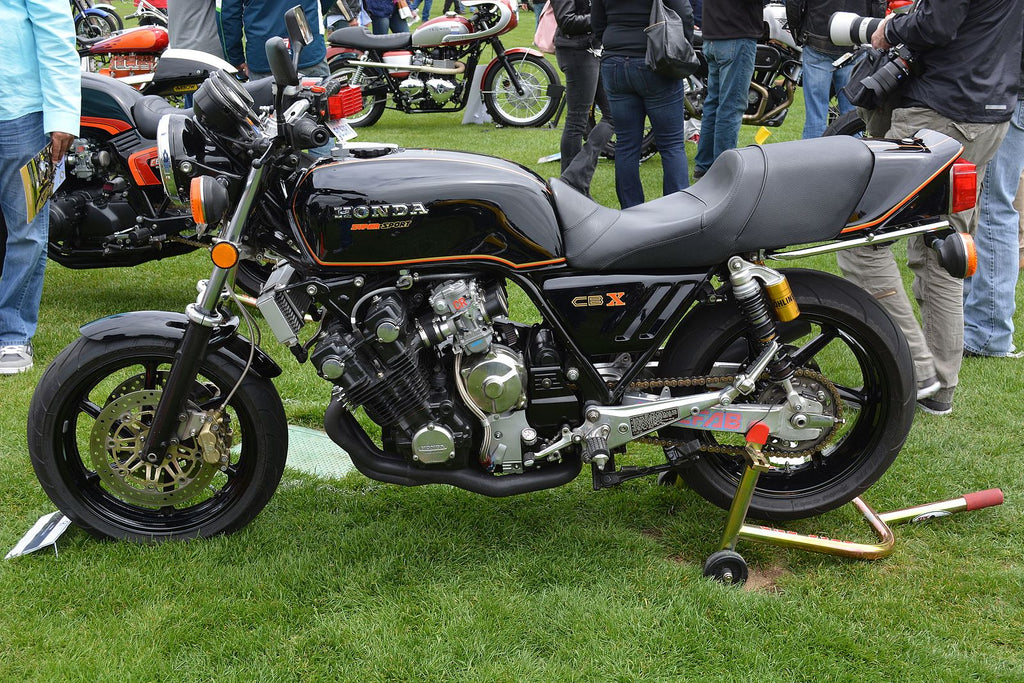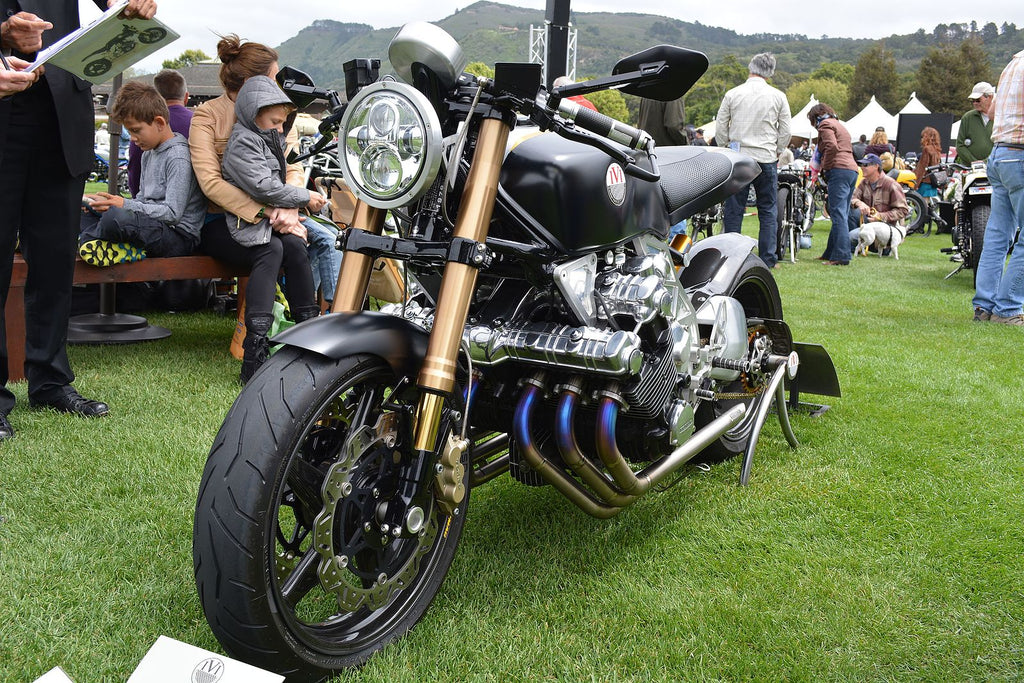History of the Honda CBX
The Honda CBX has long been considered a classic by motorcycle enthusiasts worldwide. How did this classic design get started?
Outdoing a rival
Honda and Yamaha often go head-to-head with motorcycle and even car designs, so it should come as no surprise that Honda designed the CBX line to outdo recent releases by Yamaha and other Japanese competitors.
In the 1970s, Honda had a relatively unexciting release of new motorcycles, leaving Yamaha to assume that Honda’s focus was now on cars and that there was room for a new king in the Japanese motorcycle world. The CBX line is how Honda answered Yamaha’s challenge.

Following the CB750
The CB750 was something of an iconic creation for Honda that was always going to be a challenge to surpass. This bike was one of Honda’s last great designs in the 1970s (at least until the release of the CBX), leaving Kawasaki and Yamaha to dominate the market with their fresh designs.
By the late 1970s, there was a sense in the motorcycle industry that something was missing. Consumers needed a bike that would stop them in their tracks, a bike that would bring the wow factor back to riding. The man for the job was Shoichiro Irimajiri, head of Honda’s R&D.
Shoichiro Irimajiri, a.k.a. Iri
Iri was quite the legend at Honda, having a degree from Tokyo University in aeronautical engineering. While his first dream was aviation, Honda soon became his home.

He developed many of Honda’s Grand Prix racers with a focus on cylinders, wanting to find a way a four-stroke could compete with a two-stroke. Some of his designs include:
· The 1964 RC115 (21,000 rpm)
· The 1965 RC147 (19,500 rpm)
· The RC165 (15,000 rpm), the most iconic of his designs to date
The CBX is born
Iri and Honda knew their next design couldn’t just be a model that played catch-up with their competitors, but something that was innovative and raised the bar. They wanted something unique, a standout motorcycle.

Minoru Morioka and Yoshitaka Omori were tasked with creating sketches for the new bike, which started off looking similar to the CB750. Over time, the bike evolved into a unique design, the one that would make the CBX a classic.
The engine, which was to be the centerpiece of the design, had to be both beautiful and powerful. Because of this, the bike ended up weighing in at over 600 pounds and causing some delays in manufacturing as the company dealt with frame and weight issues.
From four to six cylinders
One standout feature of the CBX was that it had six cylinders. While not altogether new to Honda, which had previously released the RC166, it was considered a possible step forward in revamping their designs. This six-cylinder design also featured four valves per cylinder, making the CBX one powerful ride.

The CBX made its public debut in 1979 and was well-received, thanks to its beautiful design and fast speeds. This model brought back some much-needed excitement to motorcyclists around the world but failed to sell the way Honda hoped.
The CBX meets great reviews
Despite never achieving great sales (more due to insurance issues than design flaws), the CBX was well-met by riders and reviewers. The most popular compliment was that the bike was the fastest for sale in the world. It was often described as a racing bike suited for street riding.
A CBX reboot
The initial model lasted from only 1979 and 1980, with the 1980 model sporting a few significant differences (including less power, lower speed, and a higher-capacity oil cooler).

In 1981 and 1982, the CBX evolved into a sport-touring design. Despite these changes, it was still slow to sell.
The importance of design vs sales
While the CBX wasn’t topping any sales chart, it offered something even more valuable to Honda, which had long been viewed as lacking innovation. The CBX proved to the world that Honda was more than capable of building an exciting motorcycle.
This model gave way to many models after it, including the CB900F, the CB1100F, The V-4 Sabres, the Magnas, and the Interceptors.
Form vs function
Many motorcyclists and reviewers of the time took issue with the CBX’s perceived lack of functionality. While it filled the need for speed, the speeds it could reach were largely illegal, and the size and weight of the machine brought a certain impracticality to it.

Honda and classic enthusiasts argue the CBX was never about function, but about form. It was a piece of art that pushed boundaries and opened the world’s eyes to what a motorcycle could achieve.
Staying power
While the CBX may not have had much success in terms of sales in the late 1970s and early 1980s, it certainly had staying power. There are still plenty of people riding them to this day, largely thanks to the availability of both new and secondhand parts.

